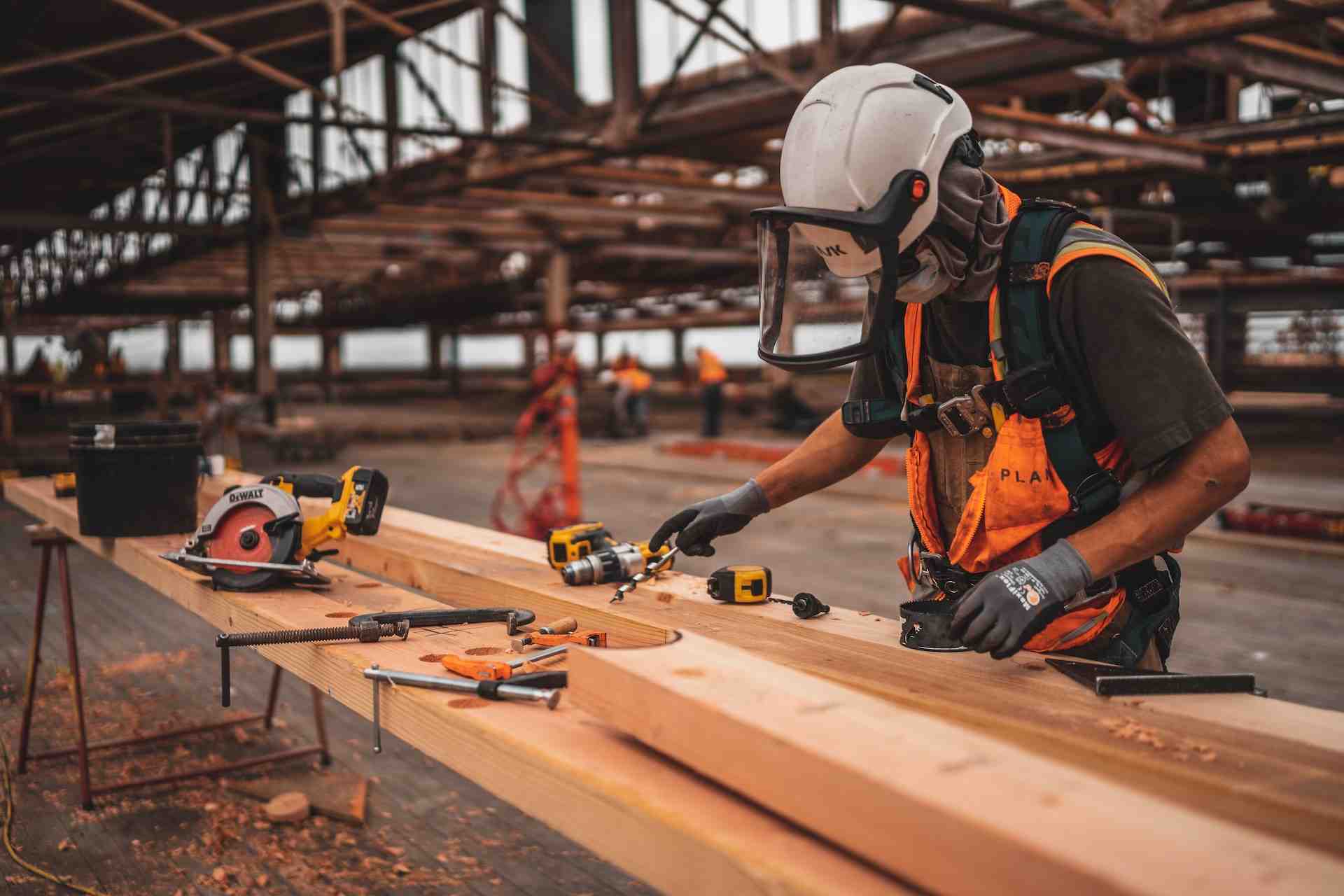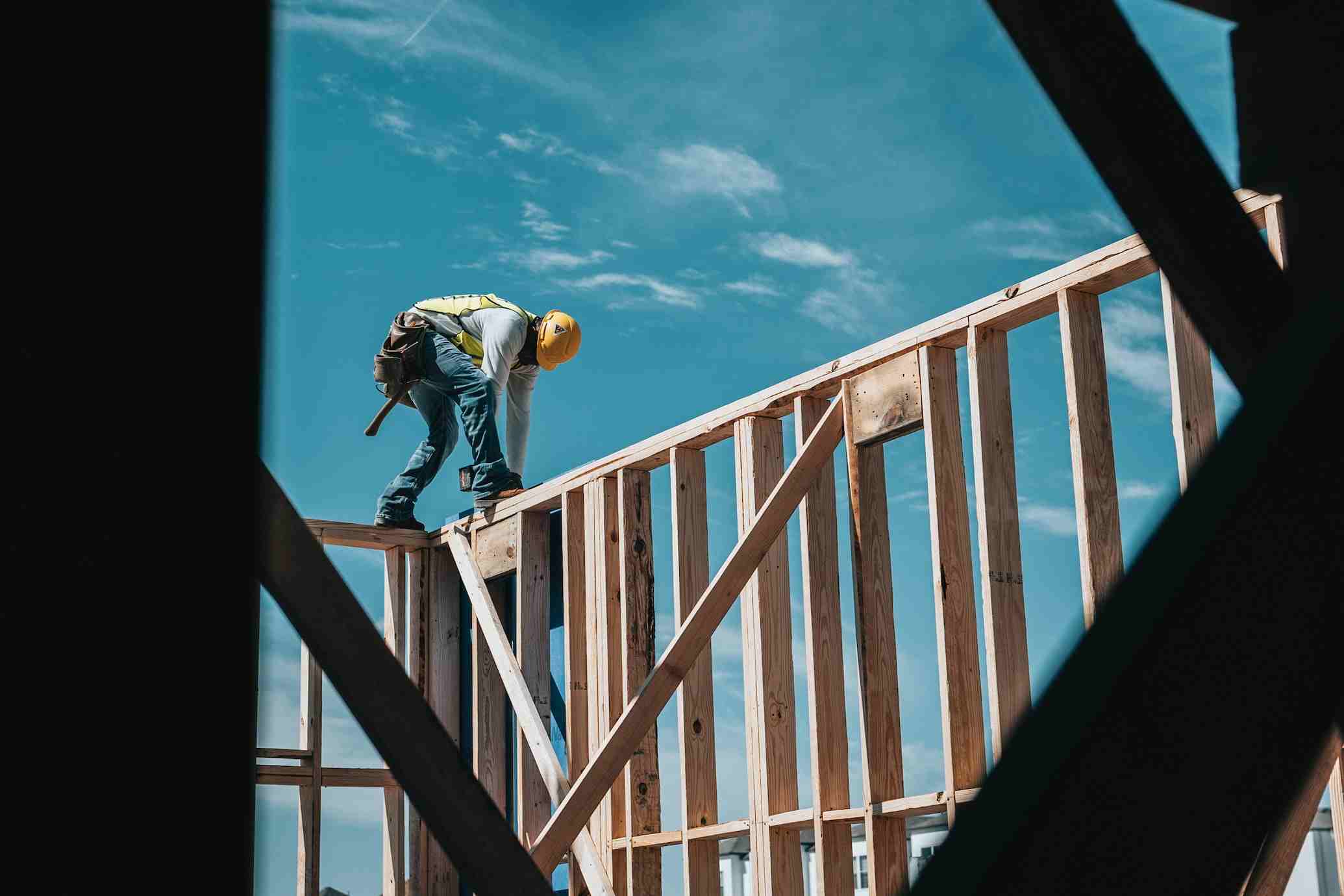

Before the COVID-19 pandemic dampened growth in countries across Southeast Asia, Cambodia has been enjoying steady macroeconomic growth. For more than 10 years, the country’s gross domestic product (GDP) growth rate logged a 7% annual increase. Like all other industries in the country, the construction sector in Cambodia logged a decline of 1.8% when the pandemic hit in 2020. However, it quickly recovered and registered a 2.1% growth rate in 2021.
In 2022, the construction industry in Cambodia is projected to grow by 6.3%. It is also expected to log an annual growth rate of 9.4% between 2023 and 2026. Prior to this, the GDP contribution of Cambodia’s construction sector tripled between 2012 and 2019. The inflow of both domestic and foreign investments have helped boost the industry, and many new projects began work this year.
What is the current outlook for Cambodia’s construction market, and where do potential opportunities lie in the industry for 2022 and beyond? We look at the current trends and opportunities in Cambodia’s construction industry in 2022.

In the first half of 2022, the construction industry in Cambodia saw the kickoff of around 2,000 new construction projects from more than 1.2 billion USD worth of foreign investments in the sector. Out of these projects, over 1,000 are in the capital city of Phnom Penh. The government provided licenses to construction and real estate developments in the country from investments from countries like China, South Korea, Japan, and Thailand.
As part of the government’s National Strategic Development Plan for 2019 to 2023, infrastructure projects which included new roads and highways were prioritized. In November 2021, the Asian Development Bank granted Cambodia a loan worth 180 million USD to improve urban infrastructure in the cities of Bavet, Kampot, and Poipet.
Government spending and foreign direct investments are enabling the positive outlook of the construction industry in Cambodia, as the country expects the industry to support its economic recovery after the pandemic. With policy reforms covering investment laws enacted in 2022, the construction industry in Cambodia is looking to become more competitive and attractive for major developments int he foreseeable future.
With more infrastructure underway across the country, Cambodia might see the development of more urbanized areas that can lead to more economic activity, from tourism to food and beverage to retail. These other industries can help support economic growth in the country in the way that construction market outlook in Cambodia also looks more favorable for investment.
As the country also opens to foreign tourists, investments in tourism hubs like Phnom Penh, Siem Reap, and Sihanoukville will also contribute to the favorable outlook of the construction market in Cambodia. Developments in the country’s busy areas, especially in real estate, will also help the local labor force looking to invest in property for profit down the line.
With both government policies and foreign investments contributing to the growth of the construction industry in Cambodia in 2022, the country can look forward to more favorable conditions that support the growth of the industry and its contribution to the national economy in the years to come.

The Latest Trends in Digital Payments in Southeast Asia
The digital payment landscape in Southeast Asia (SEA) is marked by rapid growth and innovation, with mobile wallets, RTPs, and BNPL services leading the charge. However, regulatory barriers, limited digital infrastructure, security concerns, and interoperability issues pose significant challenges.

Increasing Digital Health Technology Adoption in Thailand
Thailand has been making significant strides in adopting digital health technologies, positioning itself as a leader in Southeast Asia. The integration of digital technologies is streamlining its eHealth system, including healthcare delivery, enhancing patient convenience, and improving overall efficiency.

Driving the Future of Automotive Lubricants in Southeast Asia
The automotive lubricant industry in Southeast Asia (SEA) is experiencing a significant transformation, largely fueled by digitalization. As consumer demands evolve, urging industry players to ramp up their innovation and efficiency, a noticeable trend in automotive lubricants has emerged across the region, cementing its dominance with a 60% market share. This surge is primarily driven by digital advancements, offering streamlined operations, improved customer experiences, data-driven decision-making, predictive maintenance strategies, and integrating Internet of Things (IoT) technologies

Digitalization in the Automotive Lubricant Industry in Southeast Asia
Automotive lubricant industry in Southeast Asia is at the forefront of digitalization, leveraging technology to enhance every aspect of its operations.